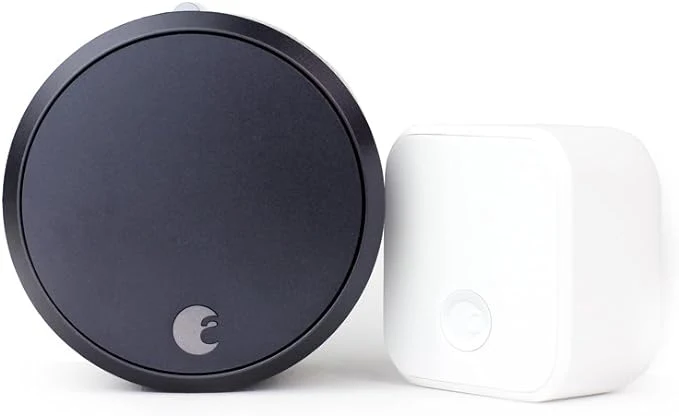Powered Personal Assistants and Predictive Automation
Advanced Interconnectivity and IoT Ecosystems
Future smart homes will boast even more interconnected devices through expansive Internet of Things (IoT) ecosystems. These ecosystems will facilitate smoother communication between appliances, security systems, lighting, HVAC, and entertainment units. Standardized protocols like Matter will ensure compatibility across brands, allowing residents to customize and expand their smart home networks effortlessly.
Enhanced Security and Privacy Features
As smart homes become more complex, concerns over security and privacy will drive innovations in this sector. Future gadgets will incorporate advanced encryption, biometric access controls, and decentralized data storage to safeguard user information. AI-driven security cameras and sensors will offer real-time threat detection, facial recognition, and automated responses to potential breaches, ensuring residents' peace of mind.
Energy Efficiency and Sustainability
Smart homes of the future will prioritize sustainability through intelligent energy management. Devices will optimize energy consumption by learning usage patterns, integrating with renewable energy sources like solar panels, and managing energy storage solutions. Smart meters and adaptive HVAC systems will significantly reduce carbon footprints and utility costs, making green living more accessible.
Augmented Reality (AR) and Virtual Reality (VR) Integration
AR and VR technologies will become integral to smart home environments, enhancing user interaction and control. Residents might use AR glasses to visualize home layouts, control appliances, or receive real-time data overlays on physical objects. VR could facilitate remote home management or virtual walkthroughs of new designs before making modifications.
Innovative Gadgets and Wearables
The future will see an influx of innovative gadgets designed for convenience and health monitoring. Wearables will sync seamlessly with home systems to track vital signs, sleep patterns, and activity levels, adjusting environmental conditions accordingly. Smart mirrors, intelligent kitchen appliances, and robotic assistants will further elevate the living experience.
Voice and Gesture Control Evolution
While voice control is already prevalent, future smart homes will incorporate more sophisticated gesture recognition and multi-modal control systems. Residents will interact with their environment through intuitive gestures, facial expressions, or even thought commands, creating a truly frictionless experience.
Integration of Robotics and Autonomous Systems
Robotic assistants and autonomous systems will become common fixtures in smart homes. From robot vacuum cleaners to autonomous lawn mowers and delivery drones, these gadgets will handle routine chores, freeing up residents to focus on more meaningful activities.
The future of smart home automation is set to be characterized by unprecedented levels of intelligence, connectivity, and personalization. With AI at its core, upcoming innovations will not only enhance comfort and convenience but also promote sustainability and security. As these trends unfold, our homes will evolve into dynamic, responsive environments that adapt to our lifestyles, making smart living more intuitive and enjoyable than ever before. Embracing these advancements will undoubtedly lead to a smarter, safer, and more sustainable future for all.












